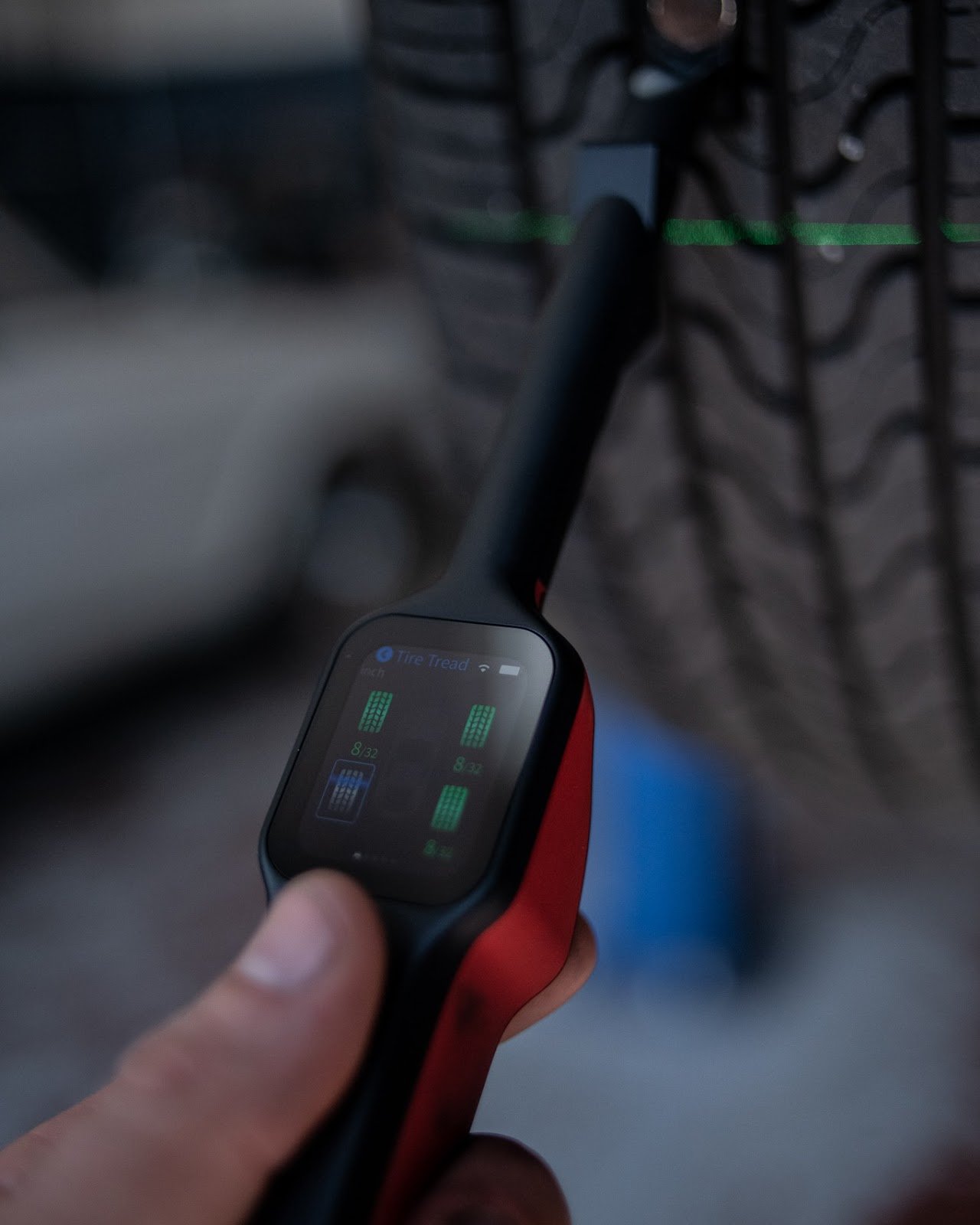When Should You Replace Your Tires?
Ever wonder what is the best way to know when you should buy new tires for your vehicle? That’s what the pros at Carryl Tire Co. are here for, however, there are some simple ways to check if your tires need replacement. A tire’s tread is the part of the tire that is in normal contact with the road as you drive your vehicle. Tires are manufactured with a specific tread thickness called the “tread depth”. Tread depth is typically measured in fractions of an inch or 32nds of an inch. The legal safety limit in the U.S. for a tire’s tread is a depth of 2/32”. At a minimum, once your tires reach 2/32” of tread depth left, you should replace your tires, and in some cases, its good to replace them just before reaching 2/32” of tread depth. So how do you determine if your tires are at or near 2/32” of tread depth? There are a couple easy ways to check this.
First, the Department of Transportation (DOT) requires that all tires under their regulations be manufactured with a built-in feature for identifying the end of life or 2/32” tread depth point. This feature is called a tread wear bar or tread wear indicators. The tread wear bars are located in the channels (large groves) of most tires and are positioned perpendicular in the tread to the direction of roll on your vehicle. When inspecting the tread depth on your tire, if the contact surface thickness of the tread is even with the tread wear bar or almost even with it, you should replace your vehicle’s tires. Because the tread wear bars run across the width of the tire, you can check for uneven wear as well (e.g. inner tread is at 2/32” but the center and outer are more than 2/32”). These conditions or similar can also indicate its time to replace your tires.
Another well-known method to inspect your tires tread life is often referred to as the “penny test”. This method is a quick and easy test to check if you’ve hit or surpassed the 2/32” threshold for replacement. You only need a single penny that is shiny enough to see Lincoln’s head profile. Take the penny and place it in the tread grooves or channels of the contact tread. Be careful not to place the penny on top of the tread wear bar in the grooves as this will distort the test result. When placing the penny in the tread, have Lincoln’s head facing you and in the head down (upside down) position. If you can see Lincoln’s entire head after properly positioning the penny in the tread, then you need to see a professional about replacing the tires. If you can see most of Lincoln’s head, you may be getting close to replacement level and should see a professional about scheduling replacement. If most of Lincoln’s head is covered by the tread, your tires still have life and you can continue with your normal tire maintenance schedule (e.g. rotations). Make sure to check the inner, outer and center of your tire’s tread on each tire using this test to ensure you don’t have an uneven wear condition that needs to be addressed.
Another good visual inspection to go through is a tire sidewall check. The side wall of the tire is the portion facing you that does not contact the road surface and shows you the tire catalog data (e.g. manufacturer, model) and specifications (e.g. sizing, tire pressure max). The sidewall area of the tires should not have any damage such as cuts, chunks, tears, to name a few. If you see this type of damage or other, you should seek a professional opinion about the severity of the damage and if replacing the tires is required to ensure safe driving of your vehicle.
The age of your tires can also be an important factor to consider when determining when to replace your tires. Most tire manufacturers recommend taking a tire out of service once it is 10 years old by the DOT date code (printed on the tire sidewall). At 5 years old, most tire manufacturers recommend having a professional inspection to determine if the tires are still safe for service or should be replaced. Many factors impact the expected life of your tires, such as but not limited to, maintenance (rotation frequency), proper inflation, miles in service, conditions of service (hot versus cold conditions), loading, etc. In most cases, the tires tread wear will require replacement before the age of the tire requires replacement. Not sure if your tires need to be replaced? Come by and see us!

